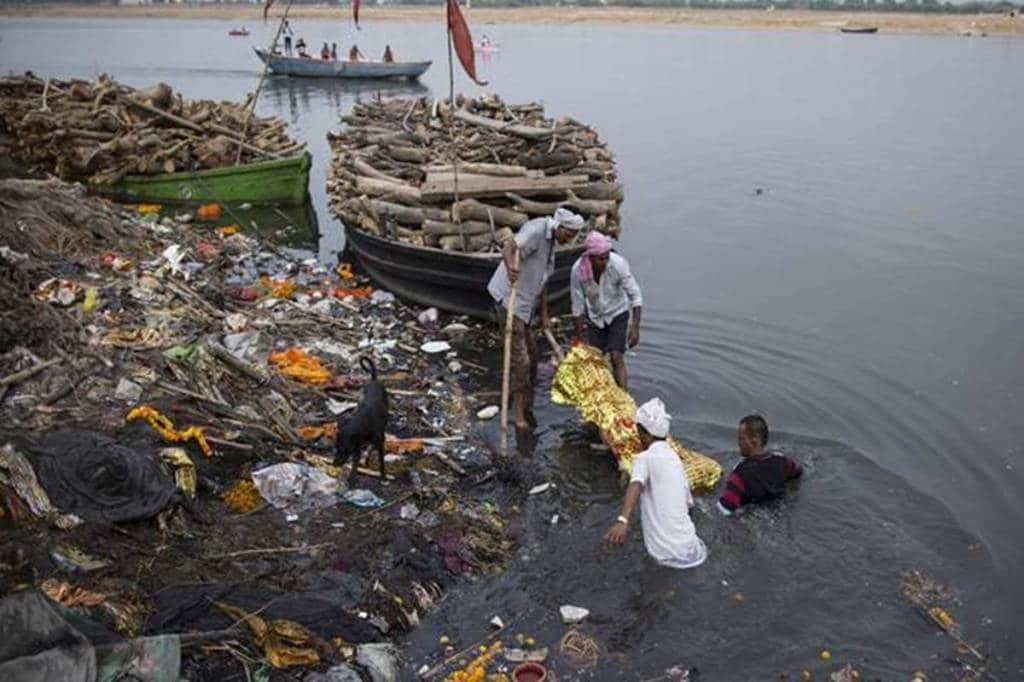National Mission for Clean Ganga in a crucial initiative has signed a Memorandum of Understanding (MoU) with South Asian Institute for Advanced Research and Development (SAIARD) to develop capacity building on river basin management and Geospatial technology. The initiative will give an opportunity to young students to work on river basin management and suggest solutions for the river management based on Geospatial technology, Union Ministry of Jal Shakti said in a press release. With the signing of the MoU, SAIARD has also become one of the regional capacity building centres for the Clean Ganga Mission in the easter region of the country.
What MoU with SAIARD will result in
Research and studies undertaken by the SAIARD will help the Ganga mission deal with the waste water problem that gets drained in the holy river from different settlements, towns, and industries situated on the bank of the river.
The studies to be undertaken by the SAIARD will also delve into the issue of river-sensitive urban planning, rejuvenation of the river, and suggest solutions to prepare a river database.
The MoU with the SAIARD has also been envisaged to produce a Geographical Information System application for the vast bank and basin of the river that helps the officials to closely observe the sources of pollution into the river and possible solutions to the problem. The Jal Shakti Ministry has also envisaged the partnership with the SAIARD to develop a digital river library, river museum and online news portal for the river cleaning mission.
Namami Gange Mission
National river Ganga that traverses from the Uttarkashi district in the state of Uttarakhand to the Bay of Bengal through the state of Uttar Pradesh, Bihar and West Bengal has been severely polluted for the past few decades on account of the industrial and sewage waste into the stream. The NDA government in its first term had launched the Namami Gange Mission subsuming the schemes and action plans of the previous governments. The Namami Gange mission involves removing polluting industries from the river bank, developing water treatment plants and developing toilets and waste management systems for the settlement living on the bank of the river.

